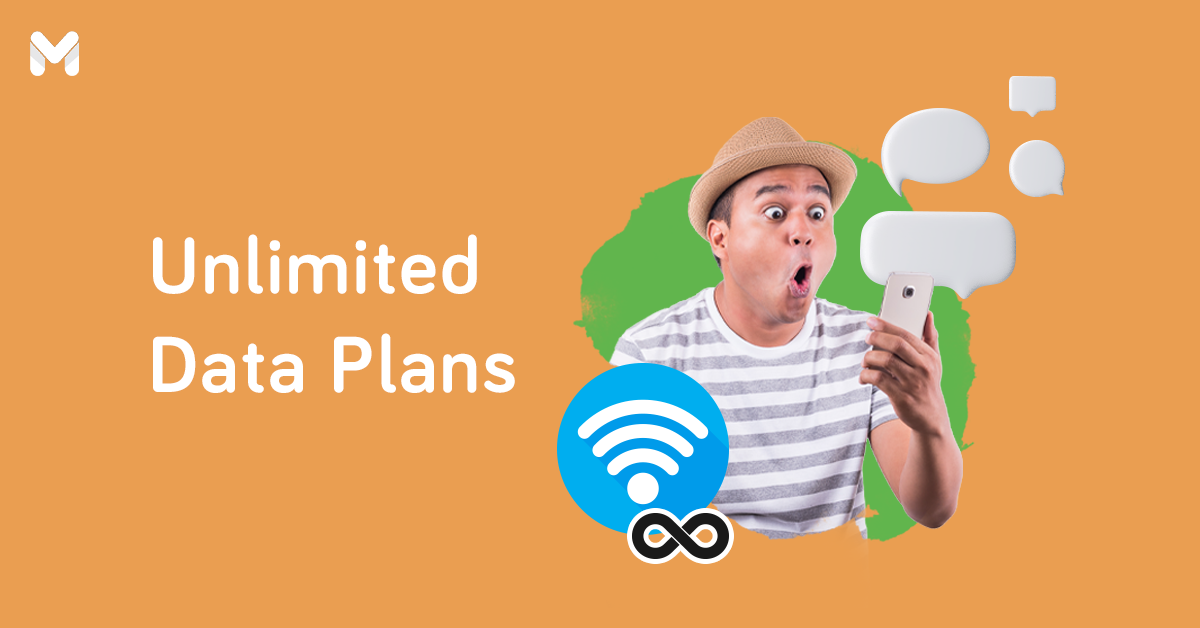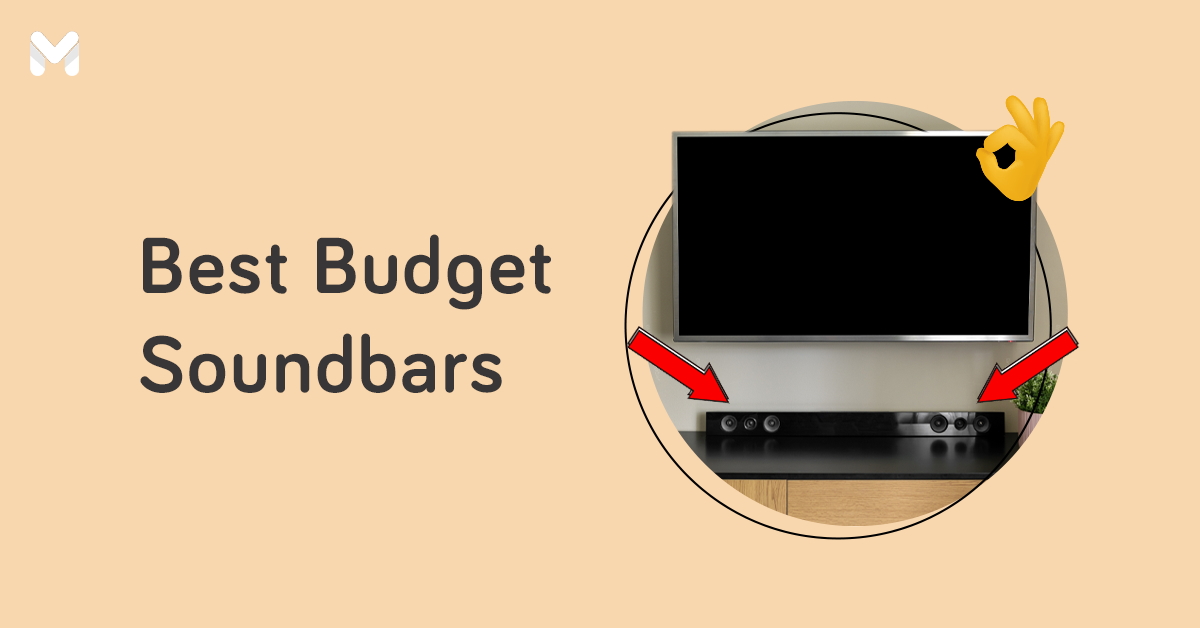While most Filipinos still use cash, more people now embrace contactless payments.
According to the 2024 Visa Consumer Payment Attitudes Study, 43% of Filipinos carry less cash than they did previously. Indeed, fewer Pinoys use cash as a payment method—from 96% in 2023 to 87% this year. In the same report, one in three Filipinos believe the country will go cashless by 2030.[1]
It's becoming more significant in the world we live in. Keep reading to know how contactless payment in the Philippines works, why it’s important today, and what contactless payment options you can use.
What is Contactless Payment in the Philippines?
-3.png?width=600&height=400&name=Pics%20for%20blog%20-%20600x400%20(59)-3.png)
Contactless payment is a type of payment that doesn’t require physical cash. Contactless payment examples are generally categorized into two:
💳 Credit Cards and Debit Cards
Pay for services and goods by simply holding the card near a payment terminal or a Radio Frequency Identification (RFID) reader. Such terminals process the payment through a chip card. To know if your credit card is indeed a contactless card, look for a Wi-Fi-like symbol on the front of your card.
This payment method has been around since the 1990s, with only a few establishments using the technology at the time.[2] Nowadays, more merchants and retailers around the world offer contactless payment.
📱 Digital Wallets and Payment Apps
Mobile contactless payment is a method where you use your smartphone to finish a transaction. This involves digital wallets, such as GCash, Maya, GrabPay, and more. To complete the payment, you must connect to the internet.
How Does Contactless Payment in the Philippines Work?
To pay using your contactless credit card or debit card, tap the card on the merchant’s payment terminal. The terminal will beep once the payment is accepted.
You don’t have to sign anything when using this payment option. However, the amount you can spend may be limited, depending on your bank.
To use digital wallets or apps for contactless payments, download an NFC (Near Field Communication) payment app in the Philippines such as Apple Pay or Google Pay in the Philippines. Then link your credit/debit card to the app.
You can also use digital wallets. To pay with your digital wallet, you can either send money to the merchant or scan their QR code.
Advantages of Contactless Payments
-3.png?width=600&height=400&name=Pics%20for%20blog%20-%20600x400%20(60)-3.png)
Contactless payment in the Philippines can help you better manage your financial transactions:
- Speed and convenience. Contactless payment solutions offer a convenient way to pay for products and services. You don’t need to input your PIN or sign a receipt to make a payment. It’s also faster as you only have to tap your contactless card to a reader or scan a merchant’s QR code.
- Security. Your card never leaves you when making a payment, which makes it harder to steal your data. The EMV chip technology used in contactless cards is also more secure than the magnetic stripe card technology. Plus, your credit card details are encrypted to prevent hackers from getting your information. Meanwhile, mobile contactless payment features built-in redundant protections. For example, you need to input passcodes and OTPs to complete a transaction.
- No physical cash needed. Contactless payment cards and mobile wallets take away the need for physical cash whenever you go out. Should you still need cash, just bring a small amount.
- No more falling in line. You don’t need to go to physical shops when paying bills, shopping, and even booking flights. Just use your mobile wallet or credit card to complete the transaction online.
- No additional fees. Merchants offering contactless payments don’t need to pay additional fees to card companies. They need to only install card readers for this option.
- Easy tracking. Digital wallets and contactless cards connected to their respective banking apps come with a payment history feature. You can track your spending and check for unauthorized transactions and possible cases of fraud.
- Rewards. Credit cards come with perks and privileges, such as rewards points, miles, and discounts.
Disadvantages of Contactless Payments
-3.png?width=600&height=400&name=Pics%20for%20blog%20-%20600x400%20(62)-3.png)
Contactless payments, whether contactless cards or NFC payment apps, are not without their share of disadvantages. Check out the following:
- Not accepted in all establishments. While contactless payment is now widely used, not all merchants and retailers accept this mode of payment. This is especially true in rural areas where contactless payment infrastructures aren’t fully established yet.
- Risk of fraud. If your contactless card is stolen, it can be used for purchases without requiring proof of identification or signature.
- Purchase limit. Contactless payment options have a set limit for the amount you can spend in a day.
- Internet connection required. Digital wallets require an internet connection, making this method challenging in rural areas and for individuals without an internet connection.
- Additional fees. Some mobile wallets impose convenience fees to process your transaction. While minimal, they’re still additional expenses.
- May not be ideal for older consumers. Older consumers often find contactless payment cards and mobile wallets complicated. They may think these methods aren’t safe.
- May encourage impulsive spending. Because payments are easier, one may become prone to making impulse purchases. This is especially true for credit cards that usually entice clients with 0% installment and Buy Now, Pay Later schemes.
Related:
- For Your Home and Biz: Your Guide to PLDT Plans This 2024
- Surf Without Limits: Best Unlimited Data Plans in the Philippines
Contactless Payment Options in the Philippines
Here are just some of the many contactless payment methods you can use for a more convenient and safer shopping experience:
💳 Contactless Credit Cards
The most convenient way to experience contactless payment is through a contactless credit card. If swiping a credit card and signing a paper is too much hassle for you, imagine the ease of just tapping a credit card terminal in the Philippines.
Check out some of your options:
UnionBank Go Rewards Gold Visa
- Annual fee: ₱3,000
- Interest rate: 3%
- Minimum monthly income requirement: ₱30,000
- Perks and rewards: 1 Go Rewards Point for every ₱200 spend; 1 Go Rewards Point = ₱1
UnionBank Lazada Credit Card
- Annual fee: ₱3,000
- Interest rate: 3%
- Minimum monthly income requirement: ₱30,000
- Perks and rewards:
- ₱6 Lazada credits for every ₱200 spend on Lazada
- ₱1 Lazada Credit for every ₱200 spend with all other merchants
Metrobank Titanium Mastercard®
- Annual fee: ₱2,500 (free on the first year)
- Interest rate: 3%
- Minimum monthly income requirement: ₱15,000
- Perks and rewards:
- 1 non-expiring point for every ₱200
- 2x points on online, department store, and dining transactions
Metrobank Platinum Mastercard®
- Annual fee: ₱5,000 (free on the first year)
- Interest rate: 3%
- Minimum monthly income requirement: ₱58,333
- Perks and rewards:
- Up to 50% off on dining deals
- Free e-commerce protection insurance for online purchases
🎁 Get approved and rewarded a gift of your choice worth up to ₱3,499
Eligible cards: Metrobank Titanium Mastercard®, Platinum Mastercard®, and World Mastercard®
Promo period: Until June 30, 2025
Get rewarded when you apply and get approved for your preferred card via Moneymax. Choose between eGift worth ₱2,000, Oral B Vitality 100 worth ₱2,095, or the Mi Smart Air Fryer 3.5L worth ₱3,499 🎁
Per DTI Fair Trade Permit No. FTEB-226753. Series of 2025. Terms and conditions apply.
Note: Applicant must be an existing credit cardholder in good standing for at least six months.
HSBC Gold Visa Cash Back
- Annual fee: ₱2,500 (free on the first year)
- Interest rate: 3%
- Minimum monthly income requirement: ₱16,667
- Perks and rewards:
- 5% cashback on dining transactions
- 0.5% cashback on all other transactions
HSBC Platinum Visa Rebate
- Annual fee: ₱5,000 (free on the first year)
- Interest rate: 3%
- Minimum monthly income requirement: ₱41,667
- Perks and rewards:
- 5% rebate on travel and shopping transactions
- 1% rebate on insurance
- 0.5% on all other transactions
- 6% rebate on your first Caltex transaction and 3% rebate for the rest
Security Bank Complete Cashback Platinum Mastercard
- Annual fee: ₱3,000 (free on the first year)
- Interest rate: 3%
- Minimum monthly income requirement: ₱65,000
- Perks and rewards:
- 5% cashback on groceries
- 4% cashback on gas
- 3% cashback on utilities
- 2% cashback on dining
- 1% cashback on shopping
- Unlimited access to Marhaba Lounge at NAIA Terminals 1 and 3
Security Bank Platinum Mastercard
- Annual fee: ₱4,000 (free on the first year)
- Interest rate: 3%
- Minimum monthly income requirement: ₱65,000
- Perks and rewards:
- 2 non-expiring points for every ₱20 spend
- Dual currency billing for international transactions
- Complimentary airport lounge access
BPI Platinum Rewards
- Annual fee: ₱4,000
- Interest rate: 3%
- Minimum monthly income requirement: ₱83,333
- Perks and rewards:
- 2 BPI Points for every ₱30 local spend or ₱20 foreign spend
- 0% installment on airfares for up to six months
- Access to more than 1,300 airport lounges worldwide with a complimentary Priority Pass membership
BPI Amore Platinum Cashback Card
- Annual fee: ₱5,000
- Interest rate: 3%
- Minimum monthly income requirement: ₱83,333
- Perks and rewards:
- 4% cashback on restaurant spend
- 1% cashback on supermarket/department store purchases
- 0.3% cashback on all other local or international transactions
📱 Contactless Payment Apps
-3.png?width=600&height=400&name=Pics%20for%20blog%20-%20600x400%20(61)-3.png)
Don't have a credit card? That's okay because you can use your smartphone for contactless payment in the Philippines. Download these apps and create an account to kickstart your cashless journey:
- Coins.ph – This mobile wallet[3] lets you make online payments or buy digital currencies. It offers other services like bills payments, remittances, and online shopping.
- GCash – GCash is available for both online and in-store payments. The app allows you to pay for services and products by simply using a QR code. You can also link your GCash account to PayPal to transfer funds.
- GrabPay – GrabPay is a mobile wallet solution that allows you to pay for Grab services cashlessly. You can do cash-ins via credit or debit card, online banking, and even ATM.
- Maya – Maya allows users to shop and pay bills virtually. You can also use the app to book flights, buy games, and more. It has a scan-to-pay feature that you can use to pay for a product or service at partner merchants.
Read more:
- [Battle of the Brands] Maya vs GCash: Which Mobile Wallet App is Right for You?
- How to Use the Maya App for Your Daily Financial Transactions
Final Thoughts
Contactless payment in the Philippines is a great alternative when purchasing products and services. It’s faster and more secure than a traditional card with magnetic stripes. Now's the perfect opportunity to get yourself acquainted!

Sources:
- [1] Going Digital: 1 in 3 Believe Philippines Will be a Cashless Society by 2030 (Rappler, 2024)
- [2] Contactless Payment: History, Advantages, and Examples (Investopedia, 2020)
- [3] Coins.ph website








__1200x628__CTA.png?width=600&height=314&name=UBP_CC_Generic_Ad_-_Lazada_(Nov_2023)__1200x628__CTA.png)
_1200x628_CTA.png?width=600&height=314&name=UPDATE___MB_Titanium_-_NAF_(Apr_2025)_1200x628_CTA.png)
_1200x628_CTA.png?width=600&height=314&name=UPDATE___MB_Platinum_-_NAF_(Apr_2025)_1200x628_CTA.png)
![[UPDATE]_MB_CC_Choose_Your_Welcome_Gift_(June_2025)__1200x350](https://www.moneymax.ph/hs-fs/hubfs/%5BUPDATE%5D_MB_CC_Choose_Your_Welcome_Gift_(June_2025)__1200x350.png?width=438&height=128&name=%5BUPDATE%5D_MB_CC_Choose_Your_Welcome_Gift_(June_2025)__1200x350.png)






